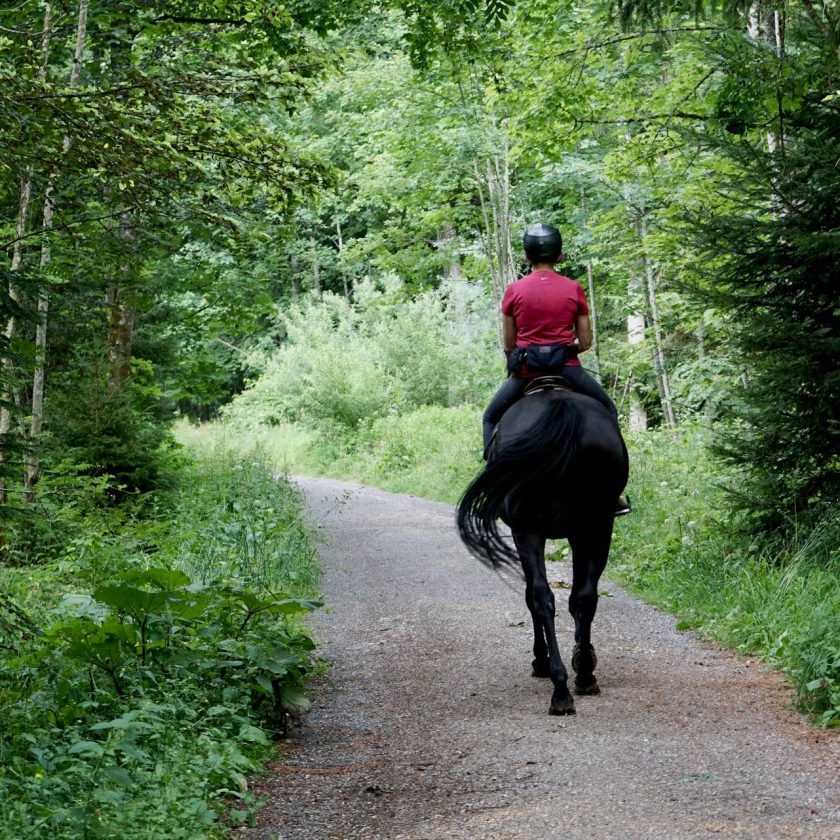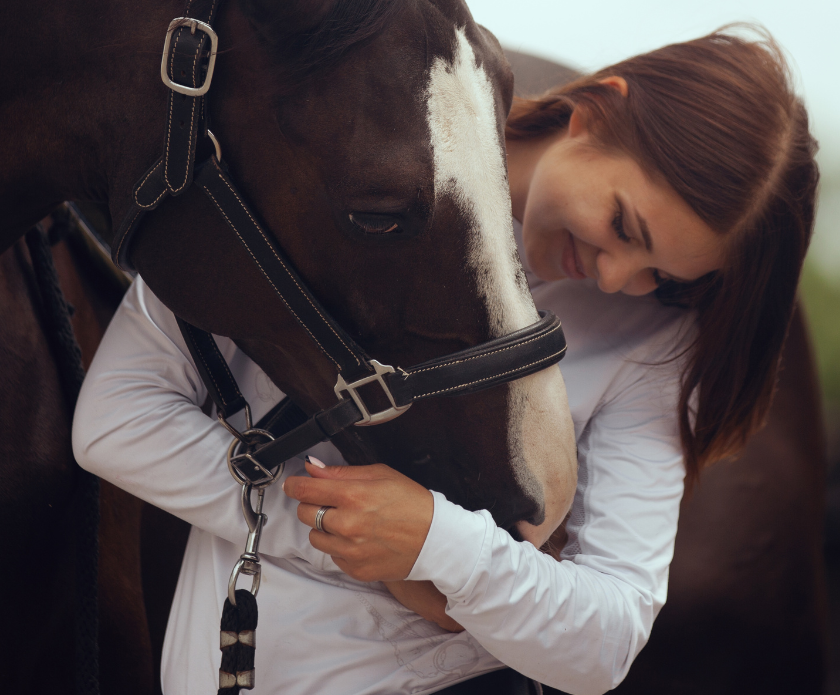Perfecting Transitions with Emma Dougall
Training – Transitions – Everything Horse Magazine
Premium Members Only
International event rider Emma Dougall understands the importance of transitions when both schooling at home and in competition. Here Emma provides advice and tips on how to make the perfect transitions whatever the pace.
Regularly practicing transitions will help with your horse’s balance and obedience. It will also help to develop your effectiveness as a rider.
Transitions are most obviously used and spoken about in the dressage phase but we use them just as much and just as importantly in the Showjumping and Cross Country.
We can break transitions down into two key areas. First, riding from one pace to another such as walk-to-trot or canter-to-walk. Second, transitions within the paces such as medium trot-to-collected trot.
A successful transition is one that is communicated effectively to your horse. Planning ahead gives you both time to set up and carry out a transition. When they are hurried or unclear it becomes much more difficult for both horse and rider.

For the upward transitions it is best that the rider maintains a contact with the reins and uses the lower leg to ask the horse to move forward to the desired pace. More leg or a touch with the spurs may be required if there is no or little response to the question. Gradually your horse will learn to move forward from the lightest touch. Your repetition of a clear aid here is key. If your communication of the upward transition is not clear is will result in confusion or disobedience from the horse.
Eg. If your contact is too strong or blocking when asking you will get a delayed or strung out upward transition because the horse is confused whether you are asking forward from the leg or wait with the hand. You want a soft hand and a crisp reaction forward when you close your leg.
The downward transition can be done primarily with your position/weight. Horses generally respond well to changes of your positon and shifting of weight. Because of this, the downward transition is started with the relaxing and dropping of your weight downwards into the saddle. A good reaction to this is the horse slowing. If your horse responds well to this, it allows you to keep your leg cuddling to keep the downward transition forward and not abrupt. If you don’t get the desired result just from your position alone, then you use the hand to half halt or close the contact to finish the transition. What is important is that you don’t first go to your hands to make the transition.
Below are three easy exercises to practice your horses’ transitions:
On both reins ride a 20m circle and on each half of the circle ride a walk-to-trot and a trot-to-walk transition. Once you are able to carry out these transitions smoothly you can then progress to doing them in each quarter of the circle.
Ride down the centre line or three-quarter line in the trot, make a downward transition to walk for four paces and then an upward transition to trot. This is a good exercise to test straightness as well as the transitions.
On a 20m circle alternate four paces of walk and six paces of trot keeping the perfect circle formation. If you find this easy through walk and trot you can incorporate the canter.
When you feel ready these next three exercises are a little more challenging:
Again riding a 20m circle, ride a working trot and then collect your horse for a couple of strides before asking them to go back to working trot. Once you feel the horse moves in and out of these transitions well you can move to canter and practice the same transitions within the canter.
Walk-to-canter and canter-to-walk transitions can be difficult until learnt and practised. They are easiest learnt on a circle or in a corner. This enables you to keep shape through their bodies and hopefully keep them more balanced than if you were to practise in a straight line. When asking for the transition walk-to-canter the horse may add a couple of strides of trot at first but don’t rush them, sit tall increase the leg aid and wait. Make sure your aid for this transition is very clear. For the canter-to-walk, balance is important. As we spoke about earlier, it is important to use your position to help with the downward transition. This then lets you keep your leg on their side to make sure they don’t drop or stall abruptly in the downward transition. Your hand can be used to help explain the transition but not block. You ideally want to use as little hand as possible so the horse stays balanced and in self carriage.
This next exercise requires the rider to ride two half 10-meter circles in trot from E to B. When riding through X, ride straight and make the transition to walk for a couple of paces before moving off into the trot again. Try on the other rein and once mastered at trot proceed to canter and repeat the same exercise with a transition to trot over X. Once you are able to ride this exercise in a balanced way you may try the same exercise but your change over X can be done through walk.
For further information visit www.mcnabdougall.com






